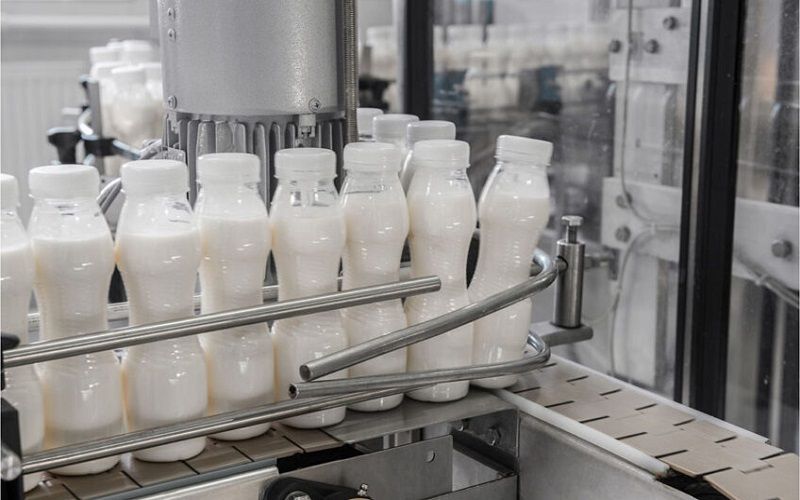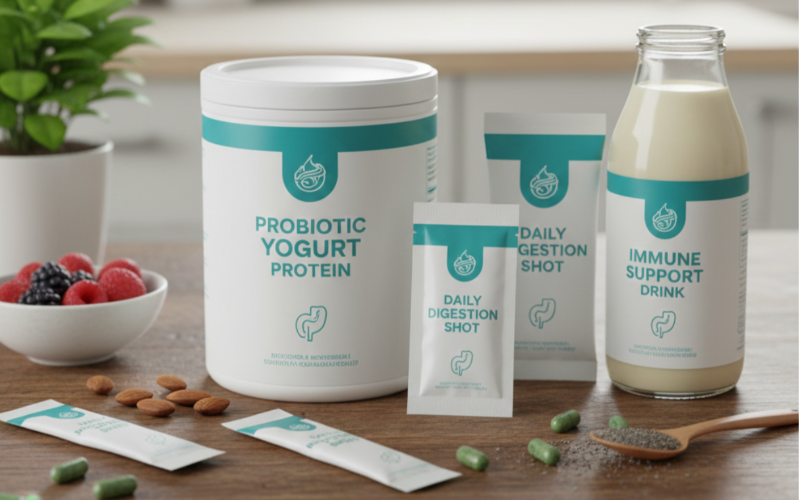USDA Raises U.S. Milk Production Forecast for 2025-2026

According to the updated data, milk production in the U.S. is expected to reach 230 billion pounds in 2025 and 231.3 billion pounds in 2026 (104.3 and 104.9 million tons respectively). This growth is attributed to increased herd productivity and the gradual recovery of animal numbers.
Despite the increase in production, the price forecasts for Class III and IV milk have been revised downward. USDA analysts note that the decline is linked to the anticipated drop in prices for cheddar cheese, butter, and nonfat dry milk in both domestic and international markets.
-
Forecast for the average price of raw milk (All-milk):
-
2025 — $21.35 per hundredweight (cwt)
-
2026 — $20.40 per hundredweight
-
Consequently, amid oversupply and moderate demand, the profitability of processors may decrease.
On the Chicago Mercantile Exchange (CME) for the week ending September 12, average spot prices for dairy products were as follows:
| Product | Average Price ($/pound) |
|---|---|
| Cheddar Cheese (500-pound barrels) | 1.6605 |
| Cheddar Cheese (40-pound blocks) | 1.6535 |
| Nonfat Dry Milk (NDM) | 1.1890 |
| Butter | 1.9565 |
| Dry Whey | 0.5875 |
The decline in butter and dry milk prices reflects oversupply and weakening export demand, while the cheese market shows relative stability.
According to Dairy Market News (DMN), between September 1 and 12, export prices for dairy products in Europe and Oceania showed mixed trends:
| Product | Europe ($/pound) | Oceania ($/pound) | Change |
|---|---|---|---|
| Butter | 3.46 (–0.22) | 3.21 (–0.05) | decline |
| Skim Milk Powder (SMP) | 1.22 (–0.04) | 1.21 (–0.09) | decline |
| Dry Whey | 0.56 (+0.04) | — | increase |
| Cheddar Cheese | — | 2.15 (+0.07) | increase |
Experts note that demand for cheese and whey is increasing, while butter and dry milk markets remain under pressure. This disparity in dynamics indicates structural changes in consumption and global demand.
According to analysts, within the NDPSR (National Dairy Product Sales Report) pricing system, American cheese and butter producers maintain a price advantage in the global market. This enables them to actively expand export supplies, especially to Asia and Latin America.
Meanwhile, nonfat dry milk is losing competitiveness due to declining global prices, and dry whey prices remain close to European levels.
The USDA warns that over the next two years, production growth and changes in global conditions will put pressure on prices. However, the competitiveness of the U.S. in the cheese and butter segments remains, supporting export potential.
Nevertheless, processors of dry milk and powder products may face margin reductions if demand in foreign markets does not recover.












